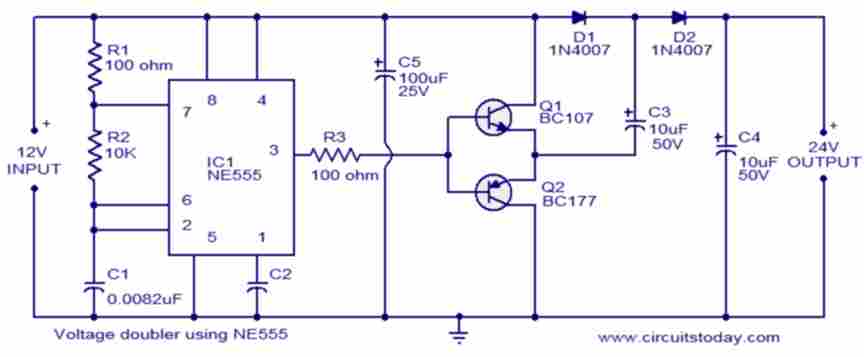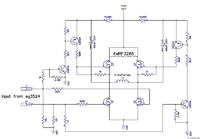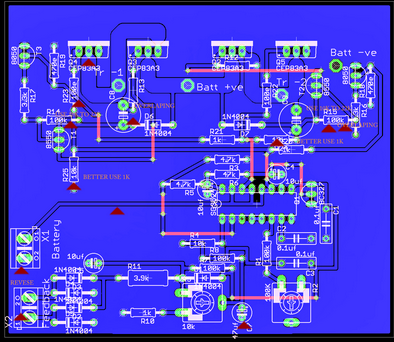arupbsk
Member level 1
You can't connect it like that and it has been discussed as well. You would need a high-lo side driver - a floating gate driver for the high side. I would suggest you grab 2 hi-lo side drivers like IR211x/IR218x/L638x/NCP5181, etc. I think that would be the easiest way, although not the cheapest. However, that would also be the safest.
If you can not get hold of such drivers (you should quite easily be able to get IR2110 at least), you can design one using discrete components - transistor,diode,capacitor, optocoupler, etc. pnjbtr has suggested one way.
Hope this helps.
Tahmid.
What do you think of the idea that ALERTLINKS gave?
I mean https://obrazki.elektroda.pl/70_1315081864.jpg . This seems to be the easiest way for me.



